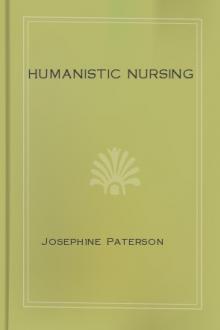Genre - Study Aids. You are on the page - 9

--Partners and each other--Fitting in their different games--The man to oblige--The policy of the long-handicap man--How he drove and missed in the good old days--On laying your partner a stymie--A preliminary consideration of the round--Handicapping in foursomes--A too delicate reckoning of strokes given and received--A good foursome and the excitement thereof--A caddie killed and a hole lost--A compliment to a golfer. CHAPTER XVIII GOLF FOR LADIES 198 As to its being a ladies' game--A sport

Ne,rozo ne estas birdo, rozo estas floro.LESSON 2. Every "describing" word, that is, every word which tells the kind orquality of a person or thing, ends in "a," as "granda", large; "rugxa",red. (A describing word is called an ADJECTIVE). VOCABULARY. bEla : beautiful. jUna : young.blAnka : white. matUra : mature, ripe.blUa : blue. nOva : new.bOna : good. nUtra : nutritious.fidEla : faithful. pUra : pure, clean.fOrta : strong. rIcxa : rich.frEsxa : fresh.

shoulders. Its fellow on the other side of the legs is prepared in exactly the same manner; and the second trestle is a duplicate of the first, with the exception that the directions of the struts are reversed relatively to the C piece, to preserve the symmetry--which, however, is not an important point.[Illustration: FIG. 5.--End elevation of joiner's bench.] Back and Front.--The only operation to be performed on the front piece B and the back G is the notching of them both on the inside faces

hionable education in fault. 6. Sobriety. Definition of the term. An anecdote. Love of mental and bodily excitement usually connected. 7. Industry. How to judge whether a person is industrious. 8. Early rising. A mark of industry. Late rising difficult of cure. 9. Frugality. Its importance shown. 10. Personal Neatness. Its comforts. 11. A good temper. Its importance illustrated. 12. Accomplishments. 263-305 CHAPTER VII. --CRIMINAL BEHAVIOR. Section I. Inconstancy and Seduction.--Constancy. Its

s re-issue of Paterson and {v} Zderad's classic work will help to remind us of another way of developing our power. Perhaps we can, once again, look for and call for authentic dialogue with our patients, our students, and our colleagues. Paterson and Zderad are clear in their method: discuss, question, convey, clarify, argue, and reflect. They remind us of our uniqueness and our commonality. They tell us that it is necessary to do with and be with each other in order for any one of us to grow.

ssity. Ordinary writing needs some use of commas to indicate the sense and to prevent ambiguity.Always remember that the real business of the comma is just that of helping the meaning of the words and of preventing ambiguity by showing clearly the separation and connection of words and phrases. If there is possibility of misunderstanding without a comma, put one in. If the words tell their story beyond possibility of misunderstanding without a comma, there is no reason for its use. This rule